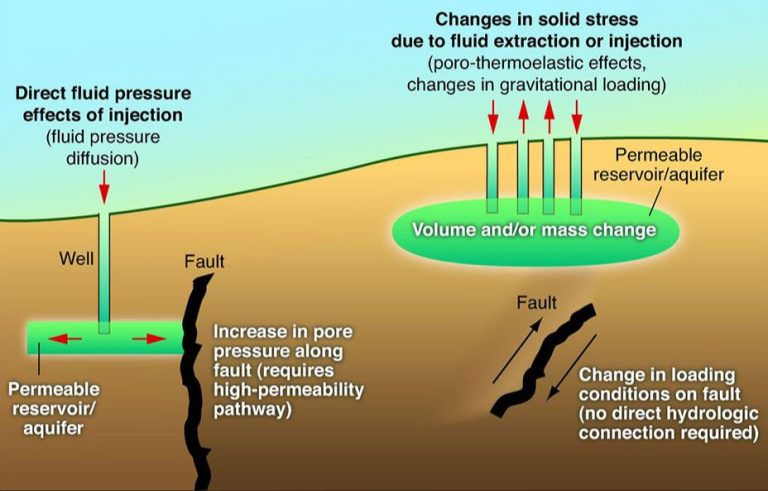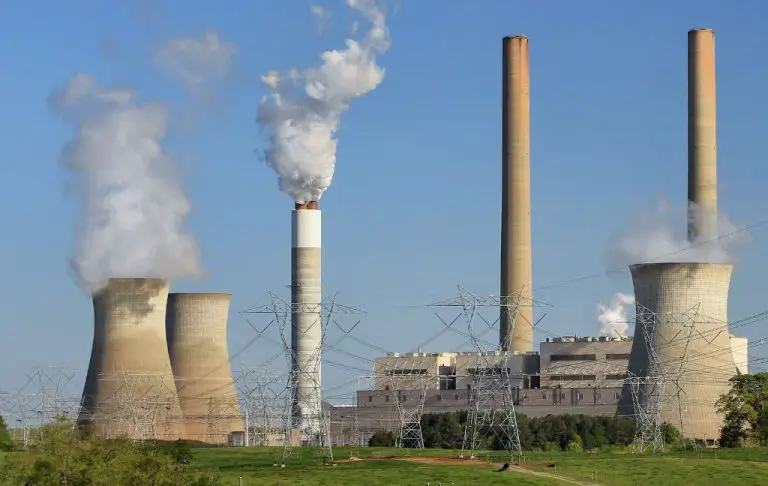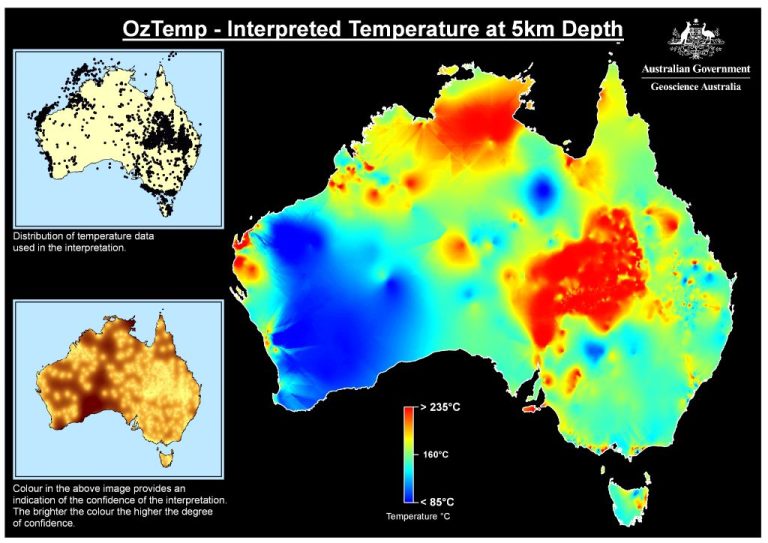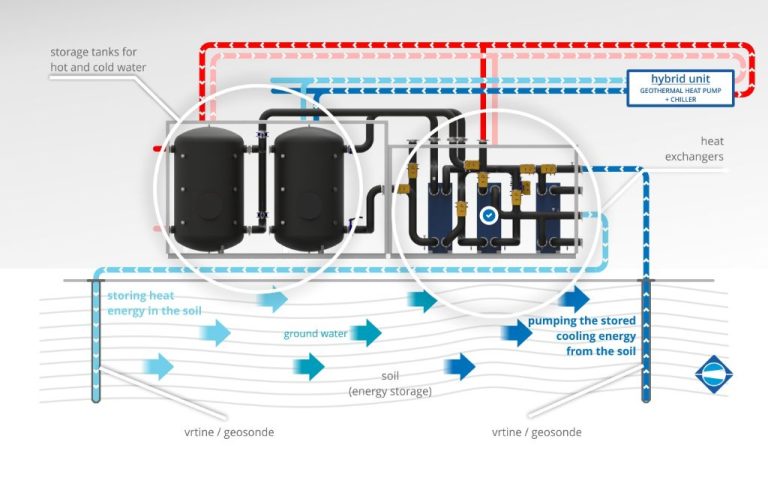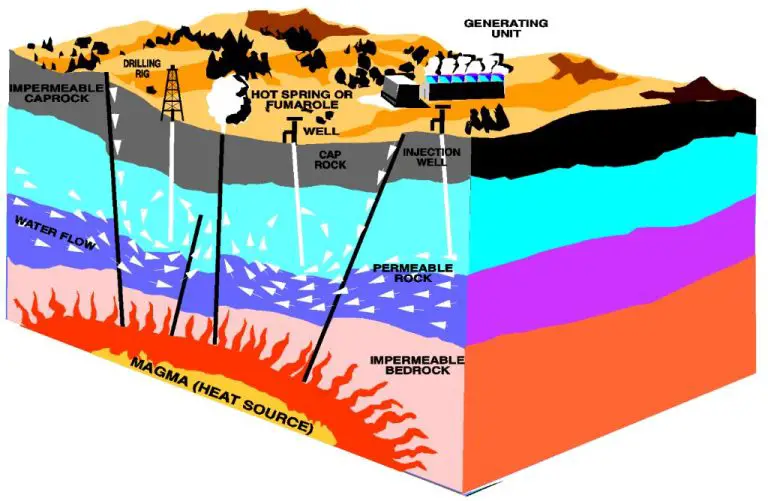How Does Geothermal Energy Get Its Power?
Geothermal energy is thermal energy generated and stored in the Earth. Thermal energy is the energy that determines the temperature of matter. The geothermal energy of the Earth’s crust originates from the original formation of the planet and from radioactive decay of minerals. The geothermal gradient, which is the difference in temperature between the core of the planet and its surface, drives a continuous conduction of thermal energy in the form of heat from the core to the surface.
There are three main types of geothermal energy systems: hydrothermal systems where reservoirs of hot water exist near the Earth’s surface, enhanced geothermal systems where water is injected into hot rocks to create a geothermal reservoir, and geopressured systems where high-pressure reservoirs of hot water mixed with natural gas exist.
Geothermal energy has a wide range of applications, including geothermal heat pumps for space heating and cooling, geothermal power plants for electricity generation, and direct use of geothermal heat for applications like aquaculture, crop drying, and district heating.
Earth’s Internal Heat
The Earth’s core contains a tremendous amount of heat energy that powers geothermal systems. This internal heat comes from several sources:
Radioactive decay of elements like uranium, thorium, and potassium in the Earth’s interior generates heat. As these radioactive elements decay, they release energy in the form of heat. This heat builds up over billions of years.
Convection currents in the Earth’s mantle also move heat from the core to the surface. The mantle is made of viscous, flowing rock. As material in the mantle heats up, it rises to the surface, while cooler material sinks down. This constant motion of hot and cold material creates convection currents that transfer heat.
Plate tectonics facilitates the transfer of heat as well. As tectonic plates move and collide, friction generates heat. Subduction of plates also pushes cooler surface material into the hot mantle, which again creates convection currents to move the heat upwards.
Geothermal Gradient
The geothermal gradient refers to the rate at which temperature increases deeper underground. As you go deeper beneath the Earth’s surface, the rocks get hotter. This is because the inner core of the planet is extremely hot, estimated to be around 5,400°C to 6,000°C. This heat emanates outward towards the crust.
On average, the geothermal gradient is about 25-30°C per kilometer of depth. However, this can vary significantly based on location. Areas with higher than average geothermal gradients are preferable for geothermal energy production.
Some factors that affect the geothermal gradient in a region include:
- Proximity to tectonic plate boundaries – Areas near plate boundaries tend to have higher gradients
- Radioactive decay – Radioactive elements like uranium and thorium produce heat as they decay, increasing gradients
- Insulating sediment – Thick sediments act as insulation, increasing gradients
- Groundwater movement – Flowing groundwater distributes heat, decreasing gradients
Understanding the geothermal gradient helps identify the best locations to drill geothermal wells and harness the Earth’s internal heat.
Hydrothermal Resources
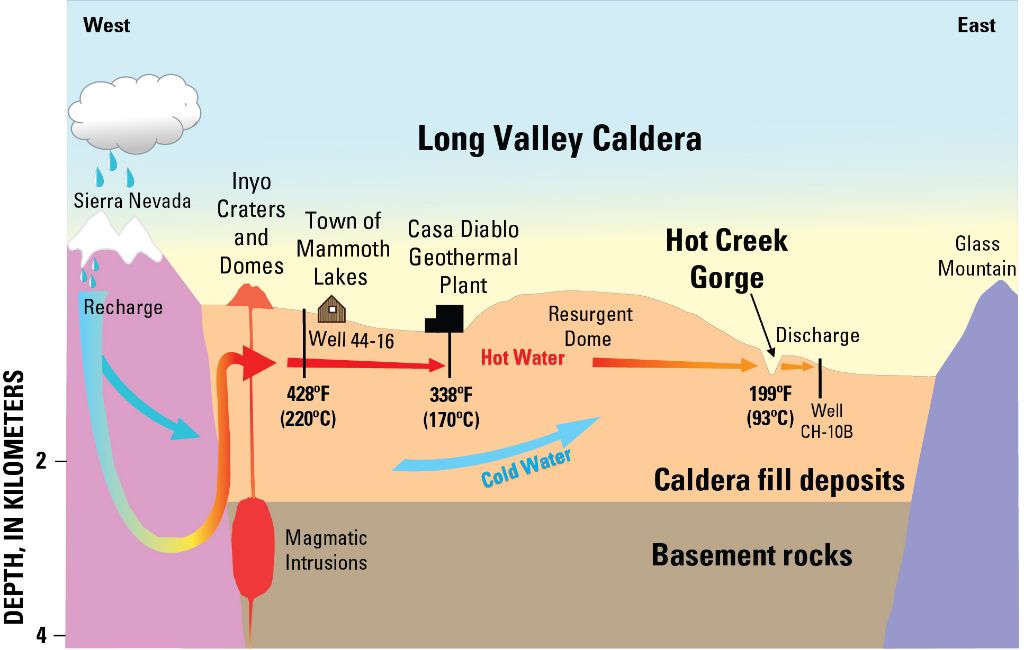
Hydrothermal resources refer to naturally occurring reservoirs of hot water or steam that exist underground. The high temperatures of these reservoirs are generated from geothermal heat from the Earth’s core. Hydrothermal resources provide an important source for geothermal power.
Hydrothermal resources exist where there are fractures and pores in underground rocks that allow water to circulate deep underground. Cold water seeps into the Earth’s crust and is heated up by geothermal energy. This heated water becomes less dense and lighter than the surrounding rocks, causing it to naturally rise back up towards the surface through the permeable rocks.
As the heated water rises, it fills cracks and voids in the rocks, forming geothermal reservoirs of hot water or steam. These subsurface reservoirs of pressurized steam and hot water provide the basis for many geothermal power plants, where wells are drilled down to tap into the hydrothermal resources. The reservoirs provide a renewable and sustainable source of energy that can be harnessed to generate electricity.
Geothermal Power Plants
Geothermal power plants harness the Earth’s internal heat to generate renewable electricity. Wells are drilled into underground reservoirs of hot water or steam located in geothermal fields. This geothermal fluid is brought to the surface and piped into a power plant. The hot steam then rotates a turbine which activates a generator, producing electricity. Used geothermal fluid is pumped back down an injection well into the reservoir to be reheated.
There are three main types of geothermal power plants:
– Flash steam plants use water with temperatures over 360°F. When it reaches the surface, some of the hot water flashes into steam to drive the turbine. The remaining liquid can be flashed again in a lower pressure tank to extract even more energy.
– Dry steam plants use naturally occurring steam reservoirs directly. The steam goes directly through the turbine without being converted into water.
– Binary cycle plants transfer the heat from geothermal fluid to a secondary “working” fluid with a much lower boiling point. This causes the working fluid to vaporize, which then drives the turbine. The geothermal fluid stays in a closed loop and is reused.
Direct Use of Geothermal Heat
In addition to generating electricity, geothermal energy can be used directly to provide heat for various applications like space heating, food preparation, greenhouses, drying crops, heating water at fish farms, and several industrial processes.
The direct use of geothermal heat is currently utilized in around 80 countries. Applications include district heating systems, geothermal heat pumps, greenhouse heating, industrial processes, aquaculture pond and raceway heating, agricultural drying, and snow melting.
One of the most common direct uses is geothermal heat pump systems, also known as geoexchange. This technology uses the shallow ground as a heat source in the winter and a heat sink in the summer. It takes advantage of the earth’s nearly constant temperature below the frost line to provide heating, cooling, and hot water for homes, commercial buildings, and industrial facilities.
Geothermal heat pumps are among the most efficient and comfortable heating and cooling technologies available today. These systems can be applied in most areas of the world to harness the stored solar energy in upper soil layers and achieve substantial energy savings.
Enhanced Geothermal Systems
Enhanced geothermal systems (EGS) are a type of geothermal power plant that can be built in hot dry rock reservoirs that lack the natural water and permeability required for conventional geothermal power generation. EGS expands the potential of geothermal energy by engineering reservoirs in hot dry rock.
EGS works by drilling two wells into the hot dry rock and connecting them with hydraulic fracturing, also known as fracking. Fracturing the rock creates permeability by inducing small fractures in the rock. Cold water can then be pumped down one well, circulated through the now fractured hot dry rock, and returned to the surface from the second well as hot water. The hot water is then used to power a geothermal power plant.
The injected water transports the heat from the rock to the surface, where it flashes to steam which drives a turbine. The fractured rock results in a heat exchanger with a large surface area for efficient heat transfer. EGS has the potential to greatly increase the geothermal resource available for power generation.
Environmental Impacts
Compared to fossil fuel power plants, geothermal plants have relatively low emissions of greenhouse gases and air pollutants. The steam and hot water used in geothermal plants contains very low levels of carbon dioxide, nitrogen oxides, and sulfur compounds. This makes geothermal a clean energy source.
However, geothermal energy does have some environmental impacts that need to be managed. One risk is land subsidence, which is when the ground sinks as a result of water being pumped out from underground reservoirs. This can damage infrastructure on the surface. Careful monitoring and management of water extraction can help minimize subsidence risks.
Induced seismicity is another concern, where the injection or extraction of water can activate faults and cause small earthquakes. Most induced seismic events are too small to be felt at the surface, but larger ones can occasionally occur. Site selection, baseline seismic monitoring, and adaptive management plans can help reduce seismic risks.
Overall, geothermal energy has lower environmental impacts compared to conventional power sources. With proper siting and management, the impacts can be minimized while harnessing the benefits of this renewable baseload energy resource.
Future of Geothermal
Geothermal energy has enormous untapped potential around the world. With advances in technology and drilling techniques, previously inaccessible geothermal resources are now within reach. Countries such as Indonesia, the Philippines, Kenya, and many others have substantial undeveloped geothermal resources that could provide clean, renewable energy for their populations.
New technical innovations are expanding the range and scale of geothermal applications. Enhanced geothermal systems (EGS) create reservoirs in hot dry rock, allowing geothermal power generation in areas that lack natural hydrothermal resources. EGS has the potential to dramatically increase viable geothermal sites.
Hybrid renewable energy systems that combine geothermal with solar, wind, or biomass energy are also gaining traction. These hybrid systems maximize resource utilization and allow uninterrupted renewable energy generation. For example, geothermal can provide baseload power while solar generates energy during the daytime peak demand. Such integrated systems will be key for a 100% renewable energy future.
With global efforts to transition away from fossil fuels and mitigate climate change, geothermal is poised to play a major role in the world’s energy mix. As technology continues to open up new possibilities, geothermal energy has an extremely bright future as a sustainable, reliable, and renewable source of heat and power.
Conclusion
Geothermal energy is a reliable, renewable source of baseload power that comes from heat within the Earth’s core. As we’ve seen, this heat can be harnessed in several ways, from natural hydrothermal resources to enhanced geothermal systems, to provide constant and sustainable energy production.
Some key points we covered are how the Earth’s internal temperature rises with depth, resulting in a geothermal gradient that brings hot rock closer to the surface in some areas. Natural hot springs and geysers are surface evidence of underground hydrothermal resources that can be tapped for geothermal power generation or direct heating uses. Wells can be drilled into hot rock reservoirs to extract steam to drive turbines in power plants.
Enhanced geothermal systems can even create reservoirs in hot dry rock through hydraulic fracturing and fluid injection. While geothermal development carries some environmental considerations around water usage, emissions, and induced seismicity, it remains a clean energy source with a small footprint compared to alternatives.
As concerns over climate change and energy security grow globally, geothermal will likely play an increasingly vital role in displacing fossil fuels and enabling the transition to renewable energy. By leveraging the immense bounty of untapped thermal resources beneath our feet, geothermal energy has the potential to provide substantial reliable and sustainable power for future generations.

